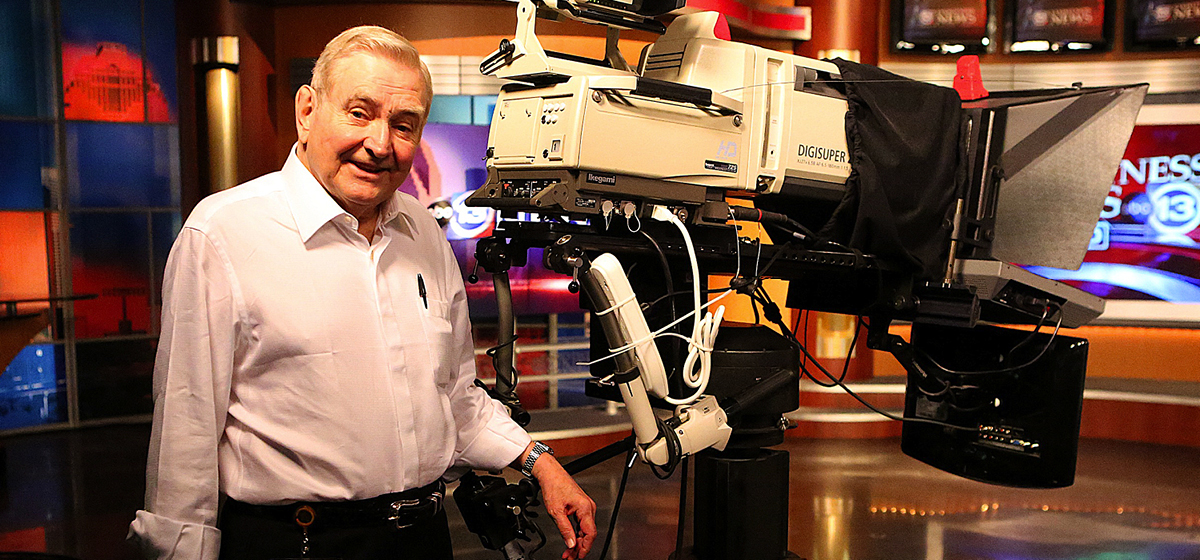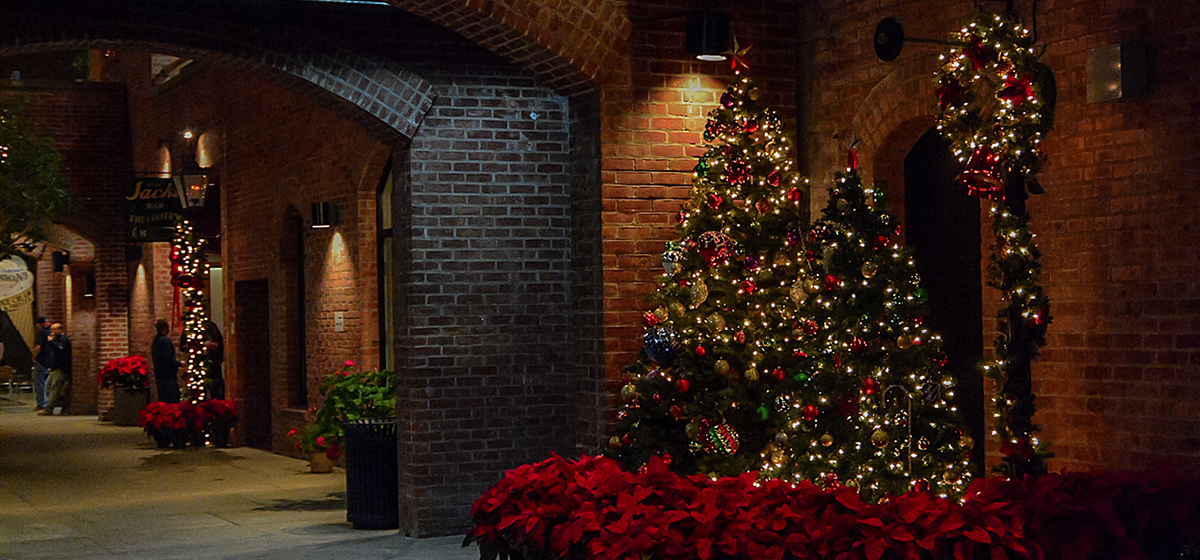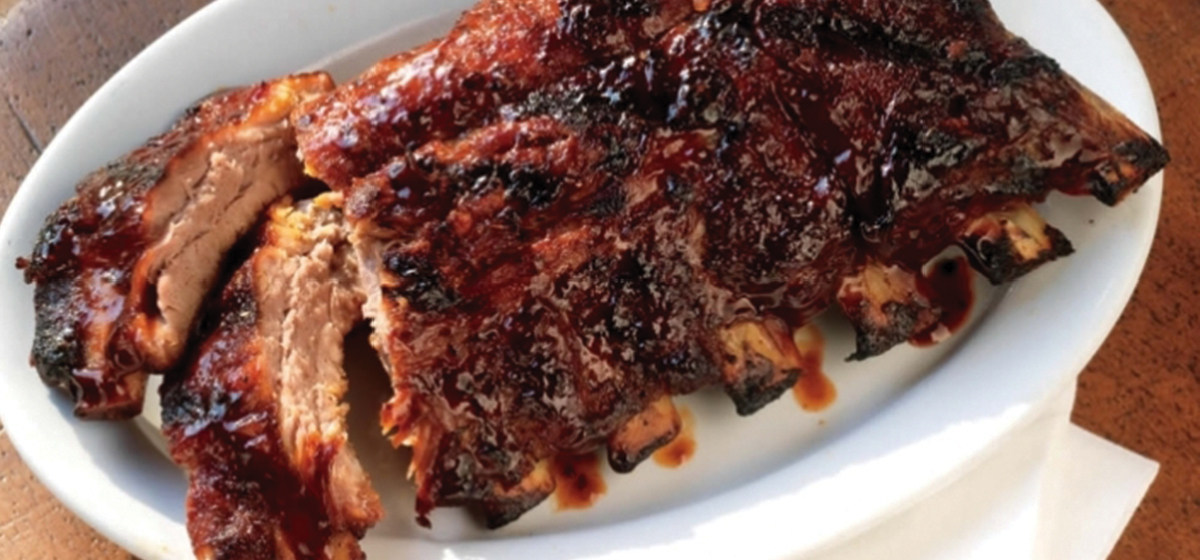 The relationship between Dwight Eisenhower and his hometown of Denison, Texas got off to a rocky start. The Eisenhower family lived in the small town for only a few years, then moved to Kansas before Eisenhower turned two years old. Not remembering his time in Texas, Eisenhower was confused about the location of his birthplace and, for almost five decades, misidentified his hometown. And in 1952 and 1956, by which time both Ike and Denison knew the truth of his birthplace, a majority of Denison’s citizens voted for his opponent.
The relationship between Dwight Eisenhower and his hometown of Denison, Texas got off to a rocky start. The Eisenhower family lived in the small town for only a few years, then moved to Kansas before Eisenhower turned two years old. Not remembering his time in Texas, Eisenhower was confused about the location of his birthplace and, for almost five decades, misidentified his hometown. And in 1952 and 1956, by which time both Ike and Denison knew the truth of his birthplace, a majority of Denison’s citizens voted for his opponent.
Despite this rough beginning, Eisenhower now has a larger-than-life presence in Denison, where there is much to learn about the boyhood and career of the area’s most famous native son.
The History
The first indication of Eisenhower’s presence in Denison is on Highway 75 near Loy Park. There, under five American flags, stands a 20-foot bust of Eisenhower on a plaque that reads: “Denison: Birthplace of President Eisenhower.” The bust, created by Walker County native David Adickes, is a highly-visible reminder to passersby that Eisenhower’s birthplace is just off the highway, nestled near the railroad tracks of the old Missouri-Kansas-Texas Railroad (“the Katy”) line.
Eisenhower was born in 1890, the last U.S. president born in the 19th century. He was the third of seven boys, the only one born in Texas. Dwight, like many of the Eisenhower boys, was called “Ike,” a diminutive of the family’s surname. Only Dwight would see the nickname last until adulthood, a happy circumstance that would give birth to one of the United States’ great political slogans, “I Like Ike.”
Unfortunately, Ike’s parents, David and Ida, didn’t much like their time in Texas. David worked more than 70 hours per week as a railroad engine wiper, earning meager wages. The family took in a boarder to share costs, but this made the six-room home more cramped and added to the difficulties of Ida’s house-keeping.
The family had local friends, including their neighbor Jennie Jackson, who would occasionally visit and sit with “little Ike,” rocking him to sleep. But there were no long-time friends or family, and after only a few years, the Eisenhowers returned to Kansas.
For Ike’s part, he had no recollections of his time in Texas. In fact, drawing on vague recollections of his father’s work with the railroad, Eisenhower thought he was born in Tyler, Texas (and, in fact, listed Tyler as his hometown on his application to West Point). Given this ill-boding beginning, Ike’s time in Denison would have likely been lost to the misty past were it not for his subsequent rise to prominence.
In the 1920s and 1930s, Eisenhower worked with George Patton and served under George Marshall and Douglas MacArthur. He was a notable figure, but not truly famous. In the 1940s, however, that changed. Ike was a five-star general, the Supreme Allied Commander over the European theater. He was not just notable; he was a celebrity.
And that name—“Eisenhower”—plucked at the memory of Denison resident Jennie Jackson. She remembered a family with such a name living in Denison around 1890. She had visited the family, occasionally sitting with the mother of three boys and, according to The Dallas Morning News, “bouncing the baby Ike on her knee.” Could General Eisenhower be the same person she held in her lap many years ago in Denison, Texas?
With the help of a journalist from Fort Worth, the Eisenhower’s erstwhile friend set out to find the answer. After some preliminary investigation, Jackson wrote Ida directly. Ida dictated a response, indicating that, yes, it was the same boy—little Ike, she said, was born on a “stormy night” in Denison on October 14, 1890.
Armed with this confirmation, Jackson and the citizens of Denison embarked on an effort to acquire and preserve the Eisenhower birthplace.
The Home and Grounds
Citizens soon raised $3,000, allowing them to purchase the home in 1946. Additional donations provided period furniture, and soon a house museum was born. Over the years, management of the site transitioned from the City of Denison, to Texas Parks and Wildlife, to the Texas Historical Commission, but all have endeavored to preserve the home’s historic character.
In the bump-out kitchen, for example, there is a 19th century ice-box on display; in the living room, a kerosene stove; and, in the dining area, a period highchair. One of the site’s most treasured possessions, an original tumbler-block quilt created by Ida Eisenhower, is on periodic display.
Intriguingly, news stories from the home’s opening mention a portrait of Ike painted by a German prisoner of war. Ms. Jackson characterized the painting as a “stern” depiction of Ike, but quickly added, “That’s probably how he looked to the Germans.” The portrait, according to site manager John Akers, is not on display but is still part of the site’s archived artifacts.
The home almost certainly looks better than it did in the late 19th century. Its original design, a muted form of Carpenter Gothic featuring three steep gables with scroll-saw ornamentation, is well preserved, and the home’s exterior is a gleaming white, a great improvement over the soot-suffused look produced by the frequent passing of coal-powered locomotives in the late 1800s.
Gone as well is the chicken coop that marred the yard in Ike’s time. In its place are well-manicured grounds—with enhancements by the Grayson County Master Gardeners—enclosed by a white fence.
One of Eisenhower’s great accomplishments as president was constructing the United States’ interstate highway system, but in 1890, it was the railroad that served the nation’s transportation needs. Indeed, it was the promise of a railroad job that brought David Eisenhower to Denison. Appropriately, a segment of “the Katy” railway track that originally ran along the front of the home has been restored. The original rail route continues beyond the restored track, segueing into a “rails-to-trails” pathway.
The grounds were modified significantly in 1973, when the Denison Historical Society raised funds and commissioned sculptor Robert Dean to create a bronze statue of Eisenhower. Dean, like Ike, was a graduate of West Point. Through one of history’s happy coincidences, he marched in Eisenhower’s inaugural parade in 1953. The 600-pound statue, which stands in the site’s own “rose garden,” reaches a height of almost fourteen feet, boosted by a concrete base almost five feet tall. Eisenhower is captured in a relaxed pose, with hands on hips, and elbows jutted—wearing, of course, the famous waist-cropped Eisenhower Jacket. The statue is one of five of Eisenhower created by Dean. The others are located at the Eisenhower Presidential Library in Abilene, Kansas; the U.S. Military Academy at West Point; the U.S. Embassy in London; and in Normandy, France. “If I’d known I was going to do five statues of him,” Dean joked, “I’d have paid more attention to him at the inauguration.”
Eisenhower Comes Home
Eisenhower never saw the statue. He died in 1969, four years before it was erected. He did, however, visit his birth home on three occasions following his rise to fame. In 1946, he was welcomed home by some 20,000 well-wishers—including Ms. Jennie Jackson, whom The Dallas Morning News described somewhat uncharitably as an “elderly spinster.” His 1952 visit was part of a campaign swing through Texas. He won the state, but lost Denison, garnering approximately 46 percent of the vote. His final appearance in Denison occurred in 1965. At the age of seventy-five, Ike was still at it, flashing his “magic grin” and holding babies, all while being chauffeured by a Miss Pat Brown, who was described by the paper as “a decorative Denison girl.” There are worse ways to leave your hometown.
But you don’t have to be a former president to visit the Eisenhower Birthplace Historic Site. The site is an inviting, pleasant, and educational destination for history buffs, military wonks, politicos, or simply those who want to learn more about larger-than-life Ike in small-town Texas.



